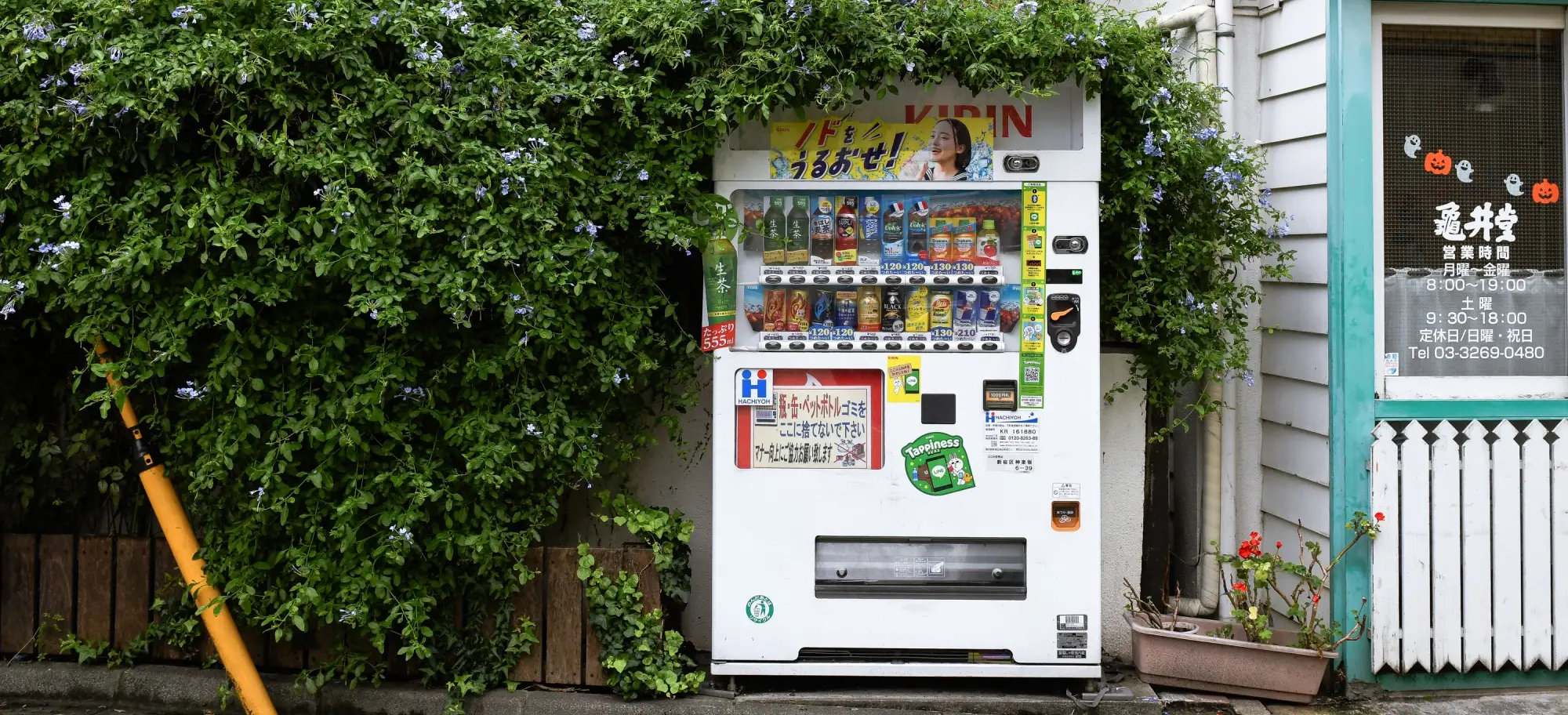
Vending machines are a ubiquitous feature of modern life, offering convenient access to snacks, beverages, and other essentials in workplaces, schools, and public spaces. However, despite their convenience, vending machines can have a significant environmental impact. This impact arises from various factors, including energy consumption, packaging waste, and the lifecycle of the machines themselves. Fortunately, there are several strategies that can be implemented to mitigate the environmental footprint of vending machines.
Environmental Impact of Vending Machines
Energy Consumption
One of the primary environmental concerns associated with the impact of vending machines is their energy consumption. Vending machines typically operate 24/7, using electricity to power lighting, refrigeration, and the mechanical components that dispense products. This continuous energy use can contribute significantly to a facility’s overall energy consumption and carbon footprint.
Packaging Waste
The products dispensed by vending machines often come in single-use packaging, such as plastic bottles, aluminum cans, and plastic wrappers. This packaging generates substantial waste, much of which ends up in landfills or the environment if not properly recycled. The production and disposal of this packaging also contribute to greenhouse gas emissions and resource depletion.
Machine Lifecycle
The production, transportation, and disposal of vending machines themselves also contribute to the environmental impact of vending machines. Manufacturing vending machines requires raw materials and energy, and transporting these heavy units adds to their carbon footprint. At the end of their life, if vending machines are not properly recycled, they contribute to electronic waste, which can be hazardous and challenging to manage.
Strategies to Mitigate Environmental Impact
Energy Efficiency Improvements
1. Energy-Efficient Models
The energy-efficient impact of vending machines is that they can significantly reduce energy consumption. Modern vending machines are often designed with energy-saving features such as LED lighting, improved insulation, and high-efficiency compressors. Choosing machines that are ENERGY STAR certified can ensure that they meet stringent energy efficiency standards.
2. Energy Management Systems
Implementing energy management systems can help reduce the energy usage of vending machines. These systems can include timers or sensors that power down the machine during periods of low usage, such as overnight or on weekends. Additionally, some advanced systems can monitor and optimize energy use in real-time.
Sustainable Packaging
1. Encouraging Reusable Containers
One way to reduce packaging waste is to promote the use of reusable containers. For instance, vending machines could be adapted to dispense products into reusable bottles or cups. Incentive programs can also be implemented to encourage employees and customers to use their own containers.
2. Offering Eco-Friendly Products
Stocking vending machines with products that use eco-friendly packaging can make a significant difference in mitigating the environmental impact of vending machines. This includes items packaged in biodegradable materials, recycled content, or minimal packaging. Working with suppliers to source environmentally friendly products can help reduce the overall waste generated by vending machine use.
Recycling and Waste Management
1. Providing Recycling Bins
Placing recycling bins next to vending machines can encourage proper disposal of packaging waste. Clear signage and educational campaigns can inform users about the importance of recycling and how to do it correctly. Ensuring that the collected materials are properly sorted and sent to recycling facilities is crucial for the success of this initiative.
2. Take-Back Programs
Implementing take-back programs where vending machine suppliers are responsible for the end-of-life management of the machines can help reduce electronic waste. Suppliers can refurbish or recycle old machines, ensuring that valuable materials are recovered and hazardous components are properly disposed of.
Sustainable Sourcing and Lifecycle Management
1. Eco-Friendly Manufacturing
Choosing vending machine suppliers that prioritize sustainable manufacturing practices can reduce the environmental impact of these machines. This includes using recycled materials, reducing energy consumption during production, and minimizing waste.
2. Regular Maintenance and Upgrades
Regular maintenance of vending machines can extend their lifespan and improve their energy efficiency. Upgrading older machines with newer, more energy-efficient components can also be a cost-effective way to reduce energy consumption without replacing the entire machine.
Smart Technology Integration
Advanced Monitoring and Analytics
Integrating smart technology into vending machines can significantly enhance their environmental performance. Advanced monitoring systems can track real-time data on energy consumption, product sales, and machine usage. This data can be analyzed to optimize the operation of vending machines, ensuring they use energy more efficiently and reducing unnecessary waste.
Predictive Maintenance
Smart vending machines equipped with IoT (Internet of Things) technology can predict when maintenance is needed, preventing breakdowns and extending the lifespan of the machines. Predictive maintenance reduces the need for frequent replacements and repairs, thereby minimizing the environmental impact associated with the production and disposal of vending machines.
Remote Management
Remote management capabilities allow operators to control vending machines from a central location. This includes adjusting temperature settings, turning off machines during non-peak hours, and monitoring inventory levels to reduce restocking trips. By minimizing physical interventions and optimizing machine operations, remote management can contribute to significant energy savings and lower carbon emissions.
Conclusion
While vending machines provide convenience and accessibility, their environmental impact cannot be overlooked. By implementing strategies such as energy efficiency improvements, sustainable packaging, recycling programs, and sustainable sourcing, the environmental footprint of vending machines can be significantly mitigated. These measures not only help protect the environment but can also enhance the sustainability credentials of organizations that utilize vending machines. As awareness and technology continue to advance, there are increasing opportunities to make vending machines a more eco-friendly option in our daily lives.
FAQs
How can vending machine operators ensure their machines are using energy-efficient settings?
Vending machine operators can ensure their machines are using energy-efficient settings by regularly updating software, enabling energy-saving modes, and conducting routine maintenance checks to optimize performance. Additionally, installing smart sensors and timers to power down machines during low-usage periods can help.
Are there vending machines specifically designed to be environmentally friendly?
Yes, there are vending machines specifically designed with eco-friendly features. These include models with LED lighting, high-efficiency refrigeration, and the use of recycled materials in construction. Many modern vending machines also support remote monitoring and management to optimize energy use and reduce waste.
What role do consumers play in reducing the environmental impact of vending machines?
Consumers can play a significant role by choosing products with eco-friendly packaging, using reusable containers, and properly disposing of waste in provided recycling bins. By making conscious choices, consumers can help reduce packaging waste and promote the demand for sustainable products in vending machines.
